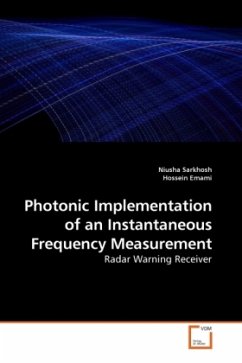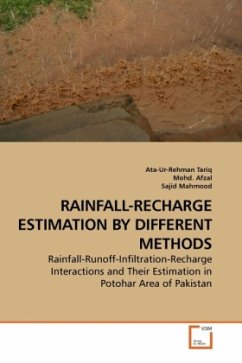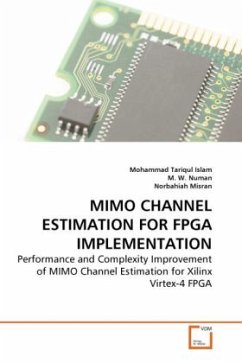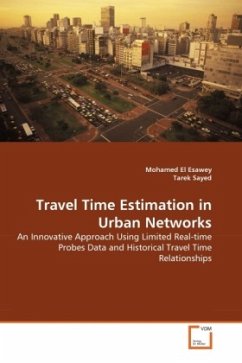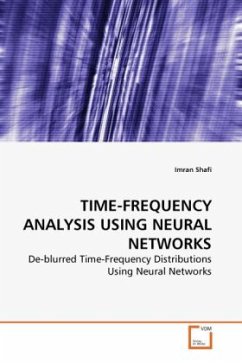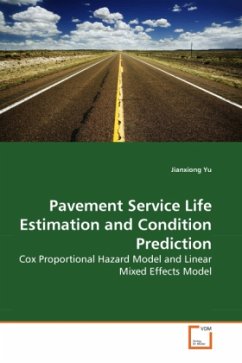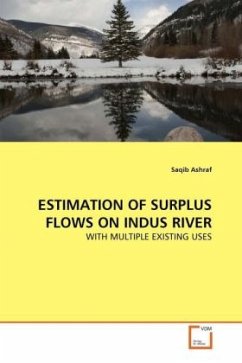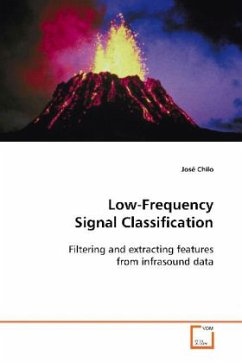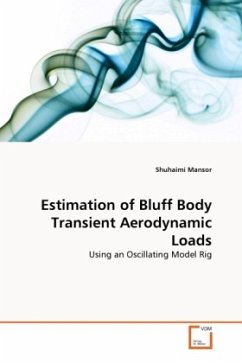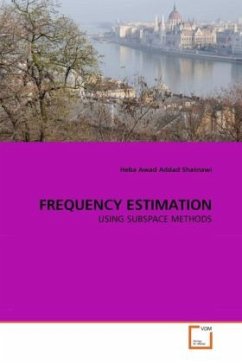
FREQUENCY ESTIMATION
USING SUBSPACE METHODS
Versandkostenfrei!
Versandfertig in 6-10 Tagen
32,99 €
inkl. MwSt.

PAYBACK Punkte
16 °P sammeln!
Complex frequency estimation problem plays a significant role in many engineering applications. The estimation process was achieved by the Eigenvalue Decomposition of the spatial correlation matrix of observations. Frequency estimation has fundamental significant and wide relevance for many reasons. First, any arbitrary signal may be modeled as a sum of frequencies. Hence, any signal estimation problem may be expressed in terms of frequency estimation problems. Second, many parameter estimation applications may be mathematically expressed as a frequency estimation problem. In this thesis an im...
Complex frequency estimation problem plays a significant role in many engineering applications. The estimation process was achieved by the Eigenvalue Decomposition of the spatial correlation matrix of observations. Frequency estimation has fundamental significant and wide relevance for many reasons. First, any arbitrary signal may be modeled as a sum of frequencies. Hence, any signal estimation problem may be expressed in terms of frequency estimation problems. Second, many parameter estimation applications may be mathematically expressed as a frequency estimation problem. In this thesis an improved frequency estimation technique is presented based on the unitary transformation, which was basically applied in the direction of arrival problem. The key idea of the proposed technique is to convert the complex valued autocorrelation or the data matrix in Hankel like shape into a real valued data matrix with the same dimension. The resultant real valued matrix will be used to extract the noise and/or the signal subspace instead of the original complex one. It is well known that real manipulations are easier and faster than the complex ones.



